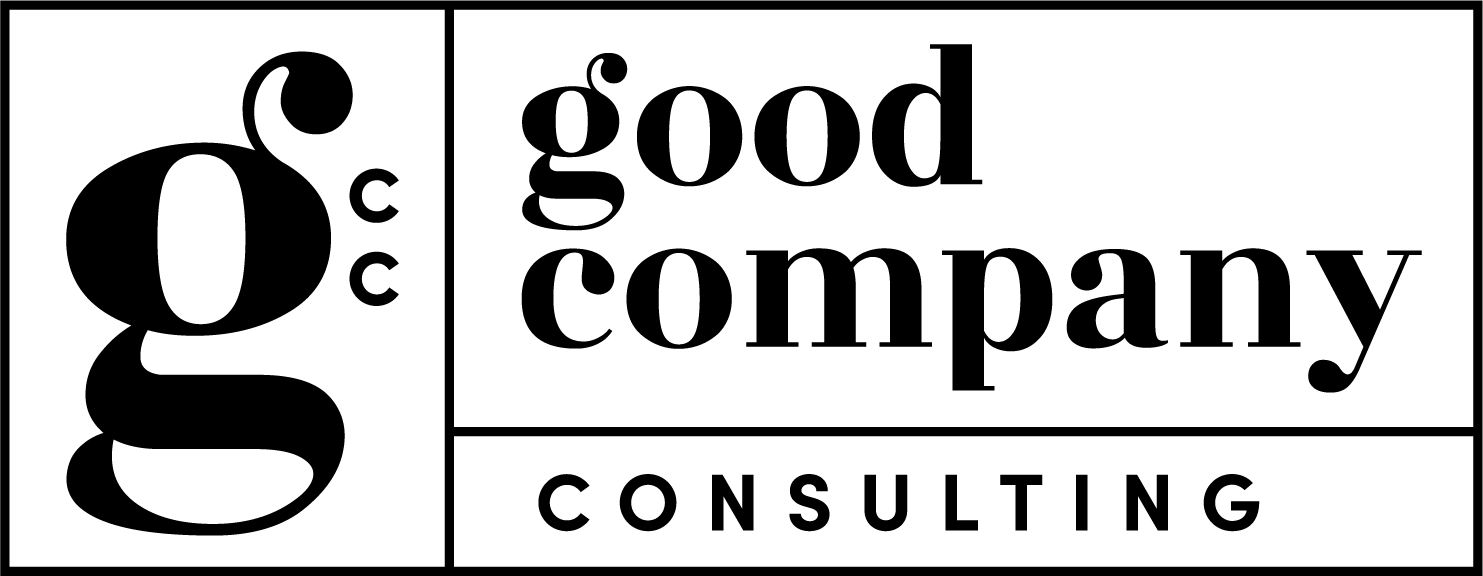THREE WORKPLACE TRENDS WE'RE NOT HERE FOR 🚫
These workplace trends aren't it. 🛑
Let’s take a moment to shed light on some unsavory, in our opinion, workplace trends that have been gaining momentum. While we’re usually excitedly sharing new and interesting trends, this month we're putting on our critical thinking caps and saying "ehhh, yea, maybe not" to a few emerging beliefs that don't align with our defining core value: people first, always.
Just because something is trending doesn't necessarily mean it's good for humans at work. And just because it promises efficiency or results doesn't mean it's worth the human cost. So we’re going to dive into three workplace trends that have us raising our eyebrows (and our voices) because they miss the mark on putting people first, in a pretty major way.
Trend #1 ~ The "Authoritarian, Results-First Leader" Approach
What it looks like: Direct, no-nonsense management that puts immediate results over the nuance of leading human beings. Think less "How can I support you?" and more "Just do what I say." This style has gained traction as some leaders react to perceived productivity issues by becoming more controlling and directive, aligning with alarming trends in other realms of society.
Why we're concerned: While results need to be achieved in order to run a functioning organization, authoritarian management strips away the psychological safety needed for people to learn, grow, and innovate. When leaders lean into command-and-control tactics of the Traditionalist era, they might get immediate compliance, but at the cost of sustained engagement, creativity, and trust.
The people-first alternative: We’ve said it again, and again. The best bosses don’t act like a “boss” but rather a coach. They offer coaching that combines clear expectations with genuine curiosity about each individual (platinum rule ftw). The best leaders we know ask insightful and intentional questions, provide specific feedback with context, and recognize that people need different approaches to thrive. Authority can coexist with empathy—they're not mutually exclusive.
Trend #2 ~ "AI Will Replace Everyone" Acceptance
What it looks like: Organizations rushing to implement AI solutions without considering the human impact, often with an underlying assumption that replacing human workers is not just inevitable but desirable for the bottom line. (If you want to see a marketing fail at play in line with this very trend, see the latest announcement from Duolingo).
Why we're concerned: While we're not anti-tech (far from it, especially early-adopter Lisa!), we're seeing too many conversations about AI that treat human workers as expendable rather than irreplaceable. Not to mention the warnings about AI taking Gen Z’s entry-level jobs (can they catch a break?!) This trend ignores the unique value humans bring—creativity, emotional intelligence, complex problem-solving, and the ability to build genuine relationships.
The people-first alternative: AI as a tool that amplifies what humans do best rather than replaces them. The most successful organizations use AI to handle routine tasks so their people can focus on higher-value work that requires human judgment, creativity, and connection. It's about human + AI, not human vs. AI.
Trend #3 ~ "Optimization Over Humanity" Culture
What it looks like: Workplaces becoming obsessed with metrics, productivity hacks, and efficiency at the expense of basic human needs. The “power,” if you will, is back in the hands of the employers. So now there’s a push to optimize, grow, and get the most out of employees. Think: monitoring software that tracks every keystroke, meeting-free days that get packed with "productivity work," pressure to do more with less, and wellness programs that feel more like performance requirements than genuine support.
Why we're concerned: When optimization becomes the main lens through which we view work, people start feeling like machines rather than humans. We devoted the first chapter of our most recent book to showing exactly why this is bad, bad, bad. This trend (a recurring one, let us point out) reduces complex human experiences to data points and wrongly assumes that what's measurable is what matters most.
The people-first alternative: Sustainable productivity. Not growth at all costs. Productivity that honors human rhythms and needs. The most effective workplaces we know focus on outcomes (and effort) rather than activity, build in time for rest and reflection, and acknowledge that sometimes the most valuable work simply can't be measured. They optimize for their employee’s ability to flourish, holistically, knowing that better humans do better work.
**
All these trends share a common thread: they prioritize short-term gains over long-term human and organizational health. They’re the sort that promise quick fixes but create bigger problems down the road—burnout, turnover, decreased innovation, poor team dynamics, leader-employee disconnects, and cultures where people feel like cogs in a machine. The most successful organizations of the future won't be the ones that follow every trend, but the ones that consistently choose people over productivity theater, empathy over efficiency, and value decisions that benefit the future as well as the present.

